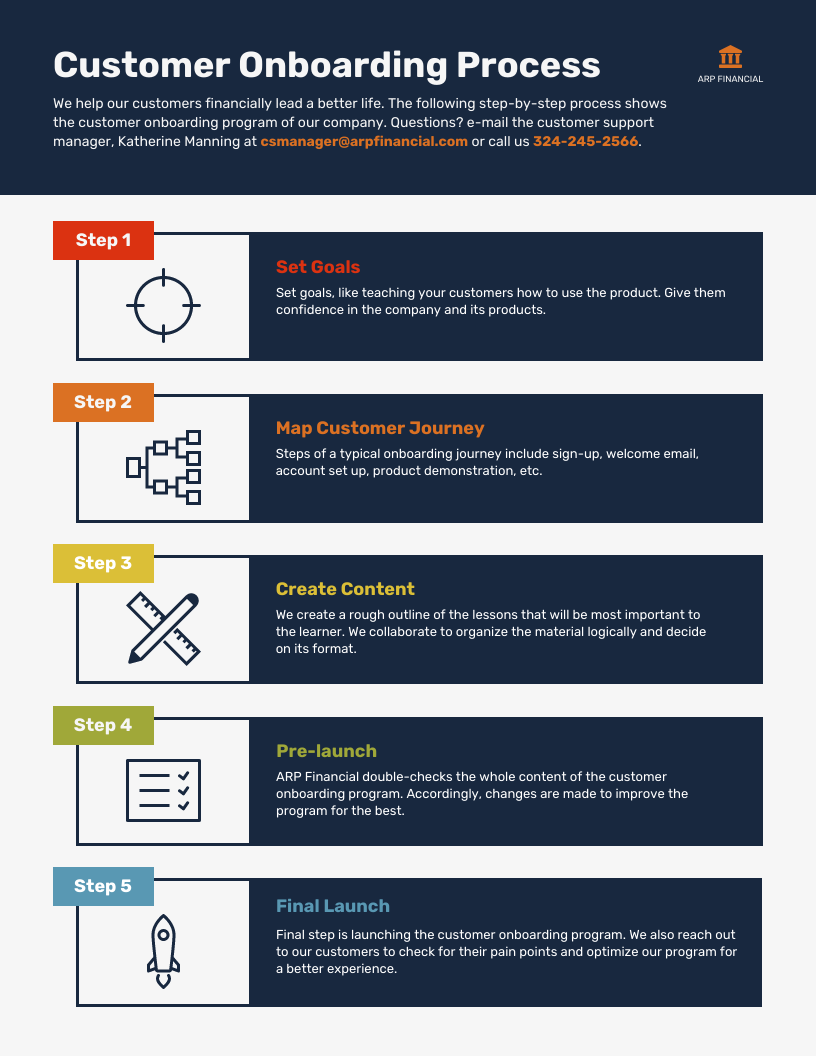
When conducting a job analysis, there are many steps that should be followed. The purpose of this process is to grade different jobs and develop a suitable pay structure for them. The job analysis process involves many elements, including content, organization, and job specification. In this article, we will look at some of the steps involved in the job analysis process.
Methods for job analysis
Methods of job analysis include preparing questionnaires and interviewing employees. These questionnaires are designed to get information from job holders and find the gaps between job descriptions. Open-ended questions are used more often than multiple choice in job inventories. This method works because people are more likely to think twice before answering.
A job analysis is generally done to determine the best way to fill job openings. It provides information to superiors and employees to help them make decisions. It is also useful for human resource managers to create long-term strategic plans. However, a job analysis is not always straightforward and can have a complex structure.
Objectives for job analysis
Organizations can use job analytics to help them plan their job-related activities. It increases employee morale as well as satisfaction. However, it depends on top management's support and how job-related information is collected. To ensure its success, it should be planned and executed well. Here are some goals for job analysis.

Job analysis is designed to determine job performance levels. This information is crucial in the preparation and execution of job descriptions. It's useful in designing an organization structure as well as managing the selection and recruitment processes. It is also important in the administration of compensation and performance appraisals and career path counseling. It is also useful in improving labour relations.
Steps in job analysis
Collecting information about the job is called job analysis. You can use structured questionnaires or interviews to collect data. This data is used to identify job requirements as well as determine the need for training. The process includes an evaluation of employees' performance, and the identification of areas for improvement. This is a crucial step in ensuring that your workforce has the necessary skills and knowledge to do the job effectively.
It is important to document and communicate the job analysis within an organization. The information collected from the study must then be verified by both the worker doing the job and the immediate supervisor. This review will help the company gain employee acceptance.
Human Resource Management: The impact of job analysis
A key method for employee appraisal is the job analysis. It provides information on job requirements and relationships between positions. It also details the tools required to do a job. The information must be documented in an organized manner. This information is needed to create a job description, which is a document that explains the relationships between job profiles. It is a time-consuming process that can also cost money.
Organizations can use job analysis to establish the core requirements for a job. The process helps employers hire the best talent for the job and creates criteria for measuring the performance of an employee. The HRM process will benefit greatly from the results.

Weighting factors: A statistical approach
A statistical approach for weighting factors in job analysis is a quantitative way to analyze job data. This involves assigning weights to factors based on their importance. These are often universal factors that an organization defines and applies to all job families. This method ensures that factors are distributed evenly and that job families have consistent levels of importance.
The point-factor system is the most popular type of job classification. It has 200 items that assess input, mental processes and relationships. Different methods of evaluating a job will produce different results about its value.